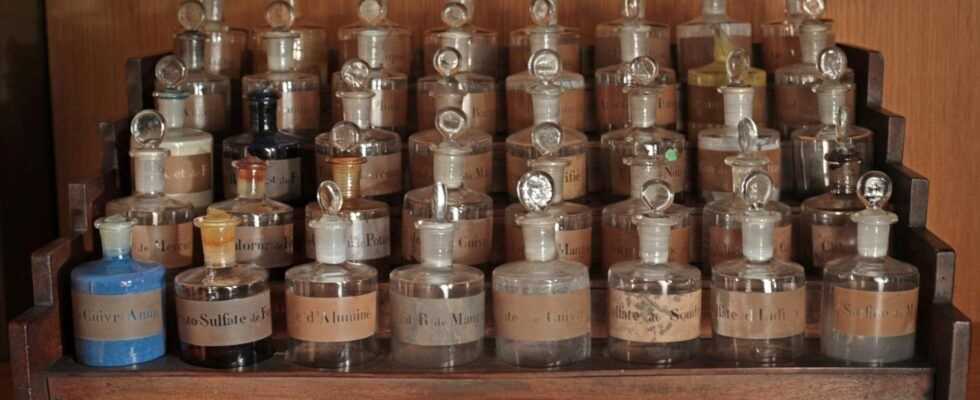Series“High-tech in the 19th century” (1/4). “Le Monde” remembers four founding technological objects that shook up the mentalities of their time. In 1839, the daguerreotype propelled photography into French society. First adopted by rentiers and portrait entrepreneurs, it then affects families wishing to enrich their genealogical memory.
“Let no one enter here unless he is a chemist. “ This motto could have appeared on the frontispiece of the laboratory of the pioneers of photography, they who sought to fix the trace of light, fleeting, on whatever material lends itself to it, juggling vials with intriguing names – “Judean bitumen”, “nitric acid” Where “Silver chloride”. After several centuries of trial and error, this research culminated in 1839: Louis Daguerre developed a photographic process that would bear his name, very inspired by the research of Nicéphore Niépce, who died six years earlier, with whom he had joined forces. The State, aware of the potential of the invention, acquires the patent and places it in the public domain.
A few enthusiasts immediately embark on the creation of their own daguerreotypes. These apprentice chemists go against repeated failures, because the exercise is particularly arduous, emphasizes a photography magazine of the time.
Iodized vapors
It is hardly surprising that these pioneers were often rentiers. “People who have a lot of money and leisure, explains photography historian Sylvie Aubenas. The difficulty does not matter to them, the cost of the process hardly more. “ This extremely small public shares its knowledge in circles of provincial notables. A journalist from the satirical review Satan sketches their portrait with earthiness in 1844:
“Mr. D… drove the love of the daguerreotype to fury.” Vacationing has no attractions for him except as a pretext for his optical studies; the countryside only charms him reduced to Lilliputian proportions and fixed on the shimmering plaque. He disdains the springs of country sport: boats, fishing, hunting, horses (…), he sends his guests, in the midst of the scents of blossoming hawthorn, the iodized vapors of his fumigations. “
With the daguerreotype’s fledgling chemistry needing so much light, photographers must keep their cameras open for several minutes to capture enough and immortalize a photo. Difficult, in these conditions, to photograph humans with such a restless nature: the first daguerreotypes will immortalize views of architecture or nature. Their authors will venture into the ruins of Roman and Greek civilizations.
Narcissus contemplates his image
Fortunately, the exposure time quickly shortens, falling under a minute when there is plenty of light. Professionals rush into the breach, they offer photographic portraits to the Parisian bourgeoisie. The proposition is attractive: the photo is more economical than a painting, the process is less intimidating and much faster.
You have 74.17% of this article to read. The rest is for subscribers only.
